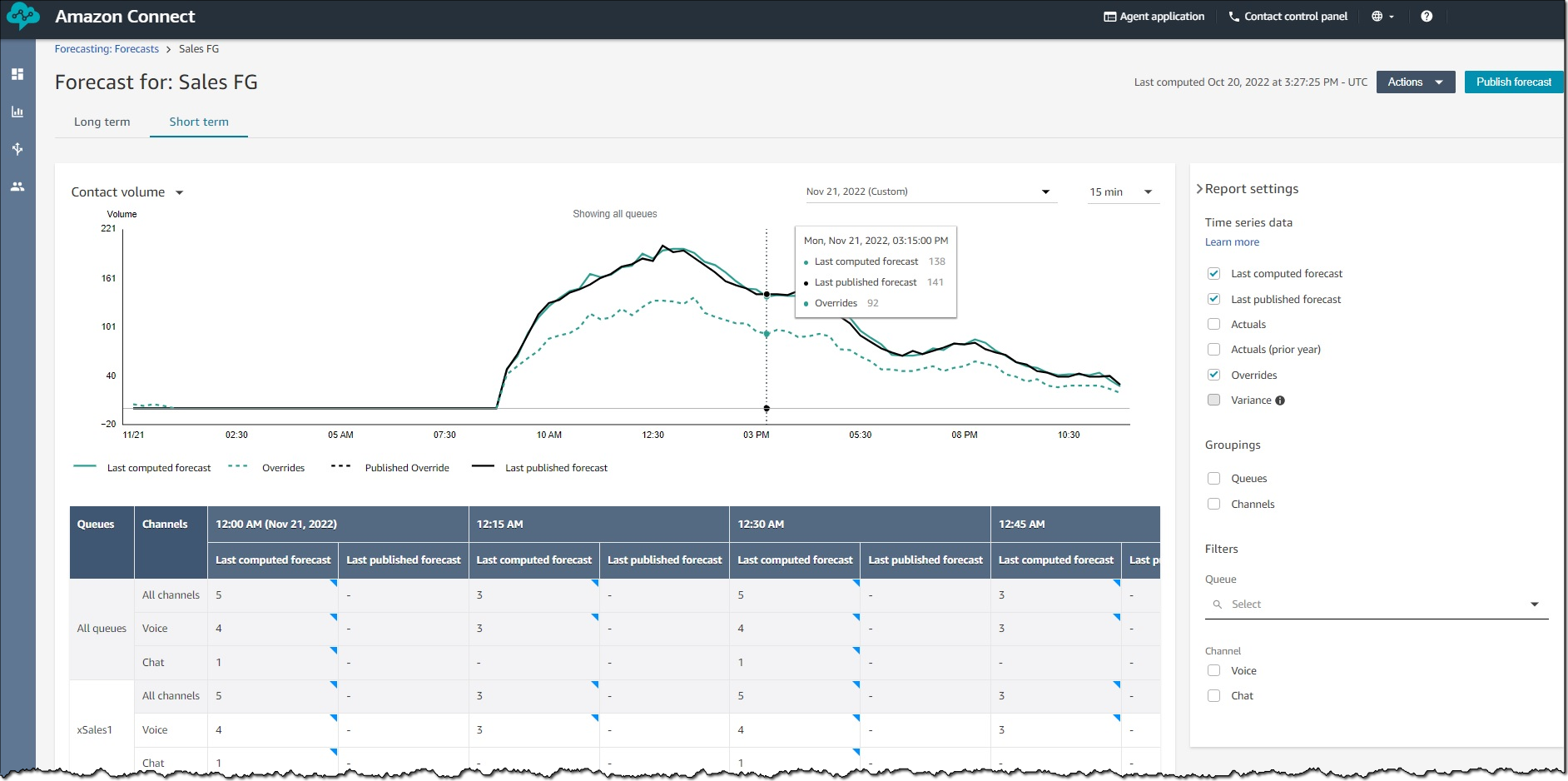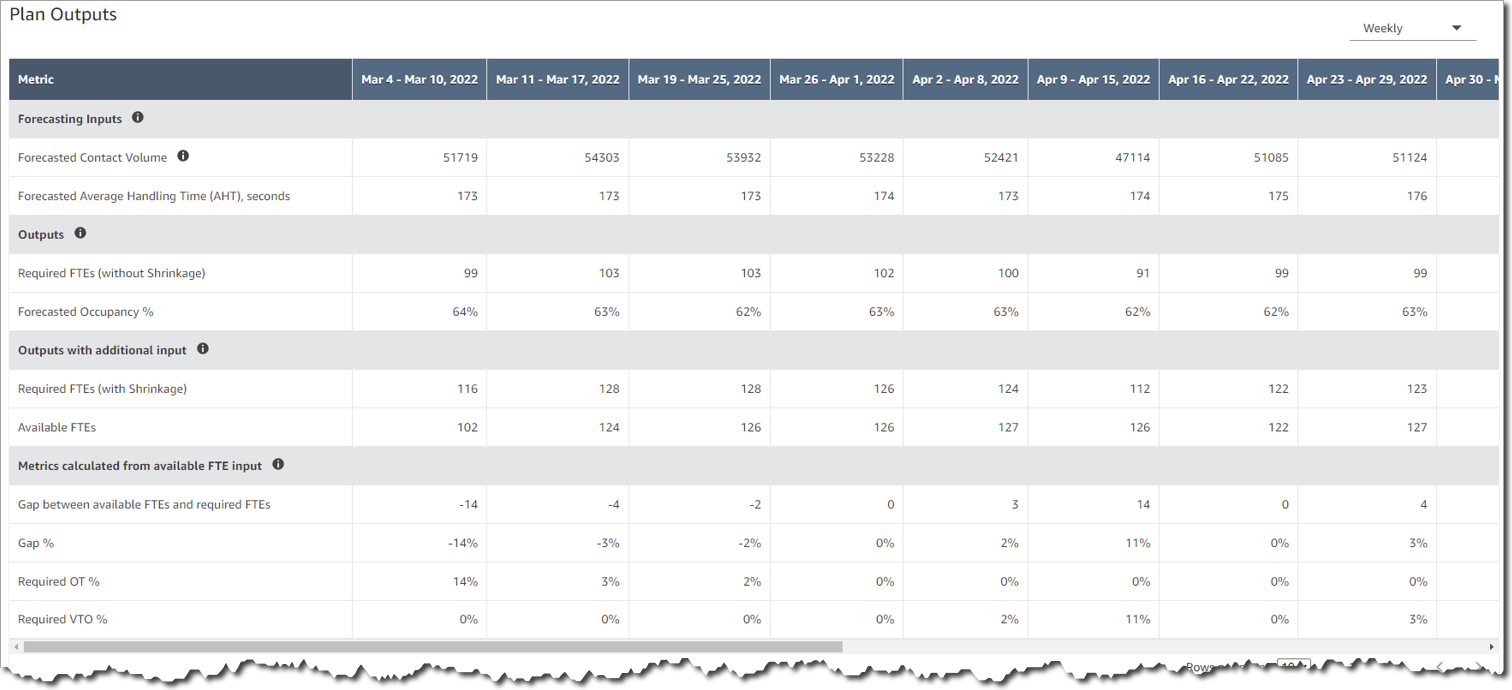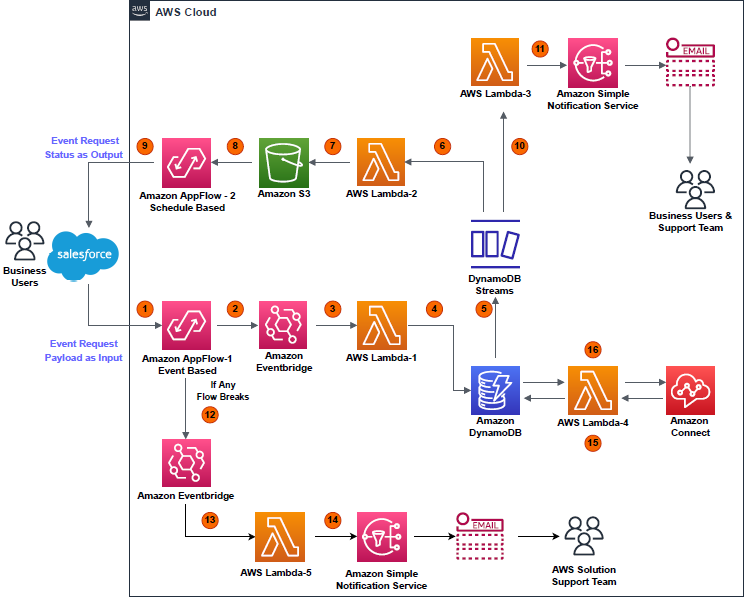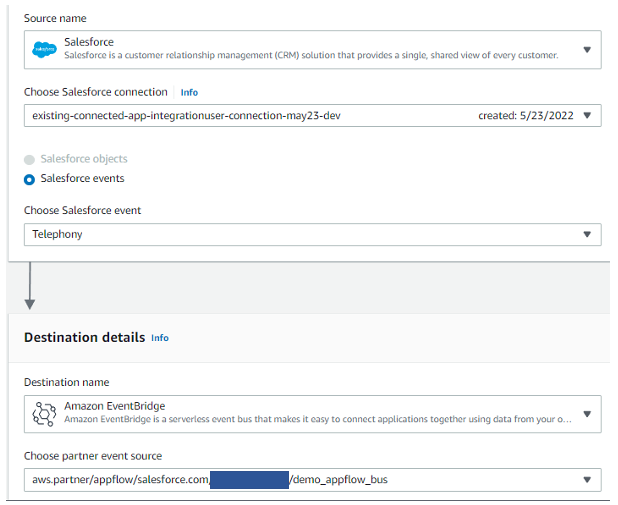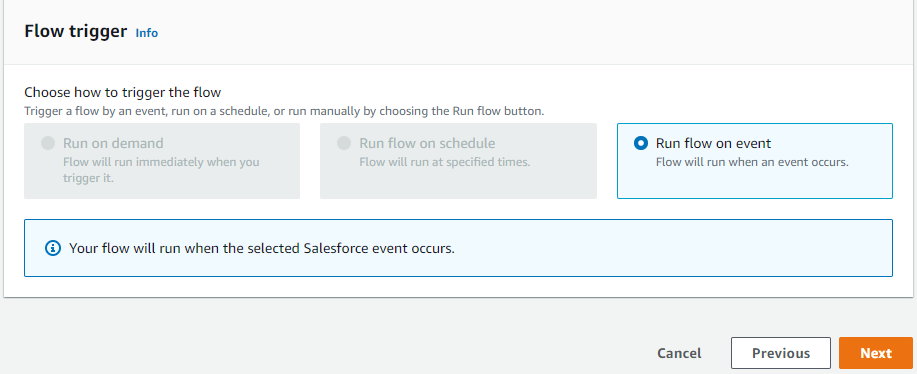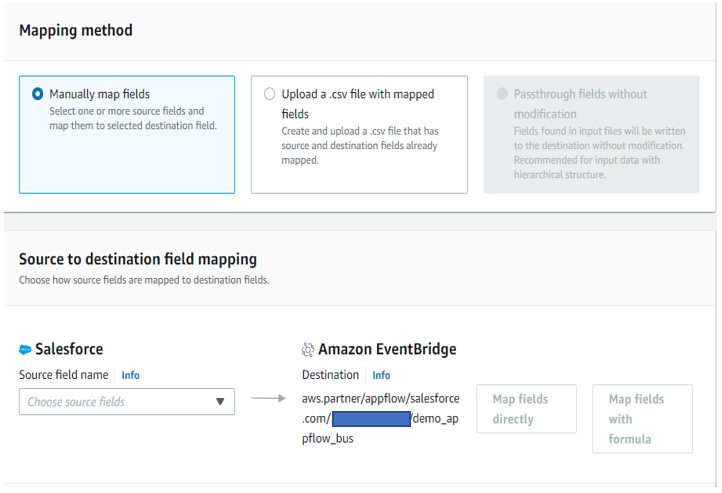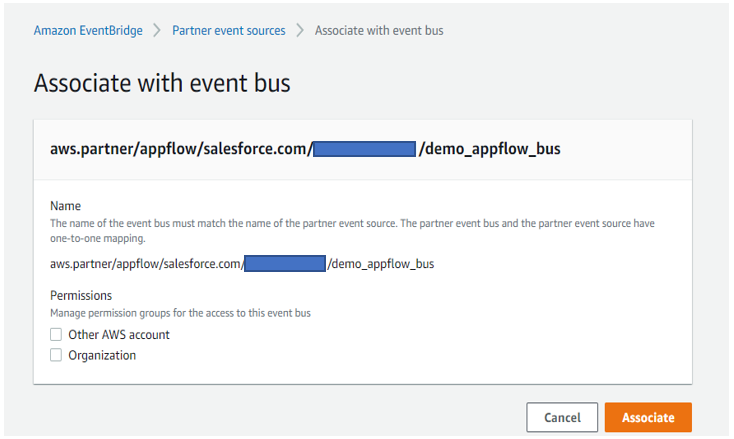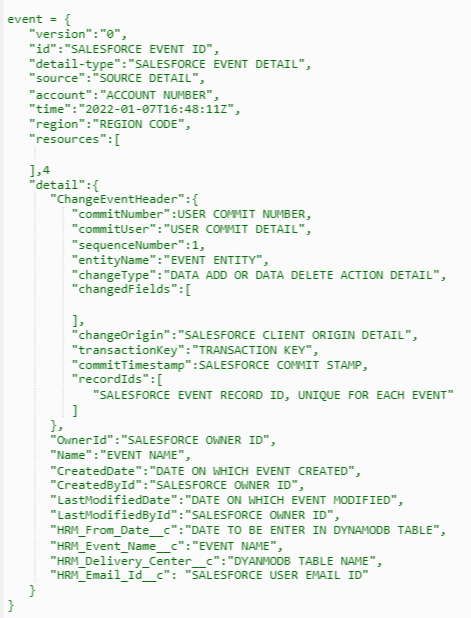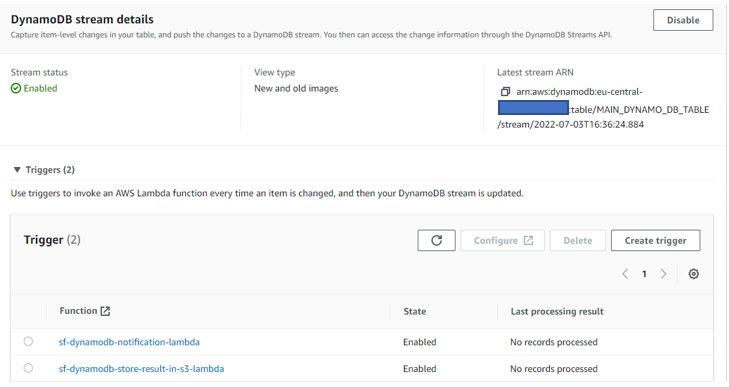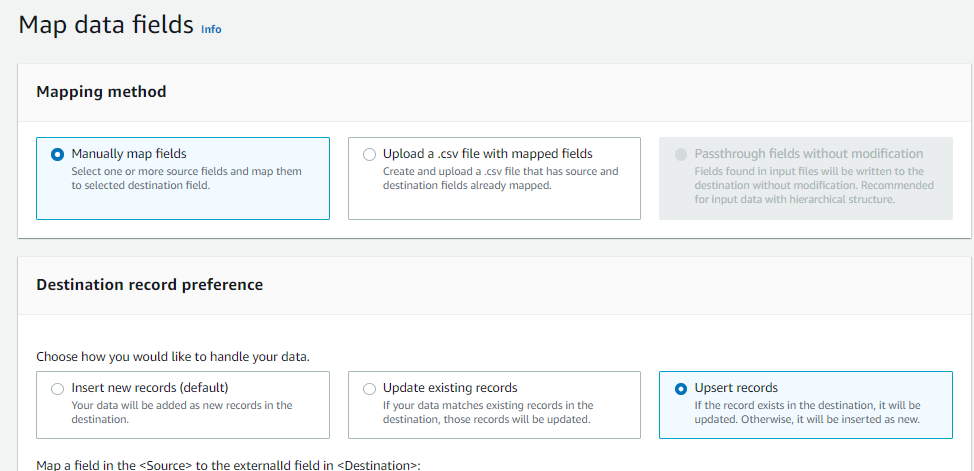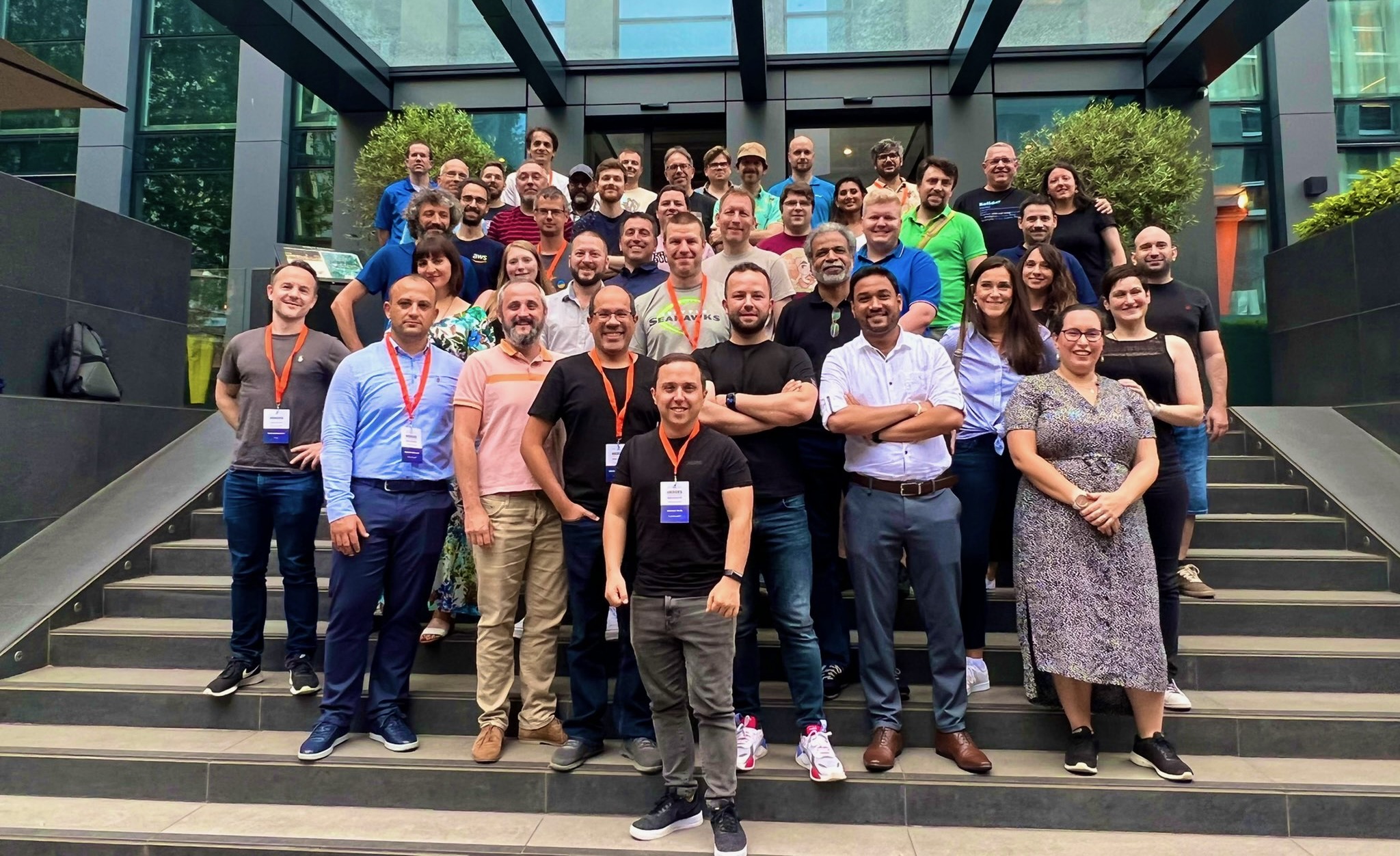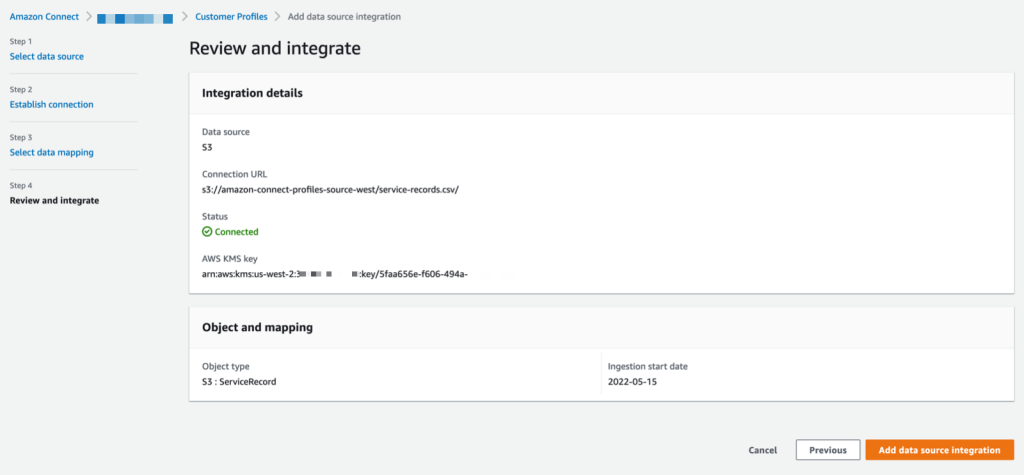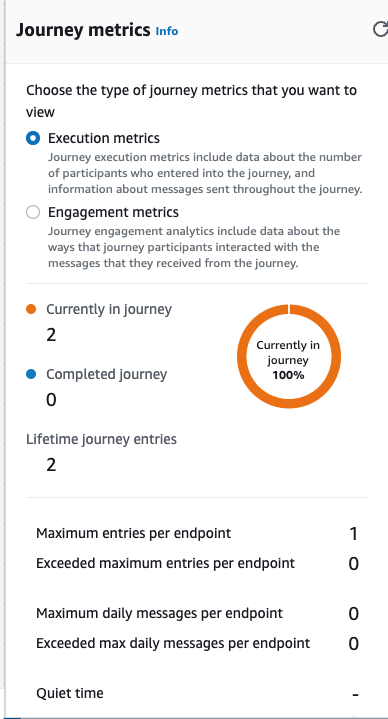Post Syndicated from Veliswa Boya original https://aws.amazon.com/blogs/aws/new-generative-ai-features-in-amazon-connect-including-amazon-q-facilitate-improved-contact-center-service/
If you manage a contact center, then you know the critical role that agents play in helping your organization build customer trust and loyalty. Those of us who’ve reached out to a contact center know how important agents are with guiding through complex decisions and providing fast and accurate solutions where needed. This can take time, and if not done correctly, then it may lead to frustration.
Generative AI capabilities in Amazon Connect
Today, we’re announcing that the existing artificial intelligence (AI) features of Amazon Connect now have generative AI capabilities that are powered by large language models (LLMs) available through Amazon Bedrock to transform how contact centers provide service to customers. LLMs are pre-trained on vast amounts of data, commonly known as foundation models (FMs), and they can understand and learn, generate text, engage in interactive conversations, answer questions, summarize dialogs and documents, and provide recommendations.
Amazon Q in Connect: recommended responses and actions for faster customer support
Organizations are in a state of constant change. To maintain a high level of performance that keeps up with these organizational changes, contact centers continuously onboard, train, and coach agents. Even with training and coaching, agents must often search through different sources of information, such as product guides and organization policies, to provide exceptional service to customers. This can increase customer wait times, lowering customer satisfaction and increasing contact center costs.
Amazon Q in Connect, a generative AI-powered agent assistant that includes functionality formerly available as Amazon Connect Wisdom, understands customer intents and uses relevant sources of information to deliver accurate responses and actions for the agent to communicate and resolve unique customer needs, all in real-time. Try Amazon Q in Connect for no charge until March 1, 2024. The feature is easy to enable, and you can get started in the Amazon Connect console.
Amazon Connect Contact Lens: generative post-contact summarization for increased productivity
To improve customer interactions and make sure details are available for future reference, contact center managers rely on the notes that agents manually create after every customer interaction. These notes include details on how a customer issue was addressed, key moments of the conversation, and any pending follow-up items.
Amazon Connect Contact Lens now provides generative AI-powered post-contact summarization, and enables contact center managers to more efficiently monitor and help improve contact quality and agent performance. For example, you can use summaries to track commitments made to customers and make sure of the prompt completion of follow-up actions. Moments after a customer interaction, Contact Lens now condenses the conversation into a concise and coherent summary.
Amazon Lex in Amazon Connect: assisted slot resolution
Using Amazon Lex, you can already build chatbots, virtual agents, and interactive voice response (IVR) which lets your customers schedule an appointment without speaking to a human agent. For example, “I need to change my travel reservation for myself and my two children,” might be difficult for a traditional bot to resolve to a numeric value (how many people are on the travel reservation?).
With the new assisted slot resolution feature, Amazon Lex can now resolve slot values in user utterances with great accuracy (for example, providing an answer to the previous question by providing a correct numeric value of three). This is powered by the advanced reasoning capabilities of LLMs which improve accuracy and provide a better customer experience. Learn about all the features of Amazon Lex, including the new generative AI-powered capabilities to help you build better self-service experiences.
Amazon Connect Customer Profiles: quicker creation of unified customer profiles for personalized customer experiences
Customers expect personalized customer service experiences. To provide this, contact centers need a comprehensive understanding of customers’ preferences, purchases, and interactions. To achieve that, contact center administrators create unified customer profiles by merging customer data from a number of applications. These applications each have different types of customer data stored in varied formats across a range of data stores. Stitching together data from these various data stores needs contact center administrators to understand their data and figure out how to organize and combine it into a unified format. To accomplish this, they spend weeks compiling unified customer profiles.
Starting today, Amazon Connect Customer Profiles uses LLMs to shorten the time needed to create unified customer profiles. When contact center administrators add data sources such as Amazon Simple Storage Service (Amazon S3), Adobe Analytics, Salesforce, ServiceNow, and Zendesk, Customer Profiles analyze the data to understand what the data format and content represents and how the data relates to customers’ profiles. Then, Customer Profiles then automatically determines how to organize and combine data from different sources into complete, accurate profiles. With just a few steps, managers can review, make any necessary edits, and complete the setup of customer profiles.
In-app, web, and video capabilities in Amazon Connect
As an organization, you want to provide great, easy-to-use, and convenient customer service. Earlier in this post I talked about self-service chatbots and how they help you with this. At times customers want to move beyond the chatbot, and beyond an audio conversation with the agent.
Amazon Connect now has in-app, web, and video capabilities to help you deliver rich, personalized customer experiences (see Amazon Lex features for details). Using the fully-managed communication widget, and with a few lines of code, you can implement these capabilities on your web and mobile applications. This allows your customers to get support from a web or mobile application without ever having to leave the page. Video can be enabled by either the agent only, by the customer only, or by both agent and customer.
Amazon Connect SMS: two-way SMS capabilities
Almost everyone owns a mobile device and we love the flexibility of receiving text-based support on-the-go. Contact center leaders know this, and in the past have relied on disconnected, third-party solutions to provide two-way SMS to customers.
Amazon Connect now has two-way SMS capabilities to enable contact center leaders to provide this flexibility (see Amazon Lex features for details). This improves customer satisfaction and increases agent productivity without costly integration with third-party solutions. SMS chat can be enabled using the same configuration, Amazon Connect agent workspace, and analytics as calls and chats.
Learn more
- Amazon Q in Connect product page
- Getting started with Amazon Connect user guide
Send feedback
- AWS re:Post for Amazon Connect, or through your usual AWS support contacts
– Veliswa


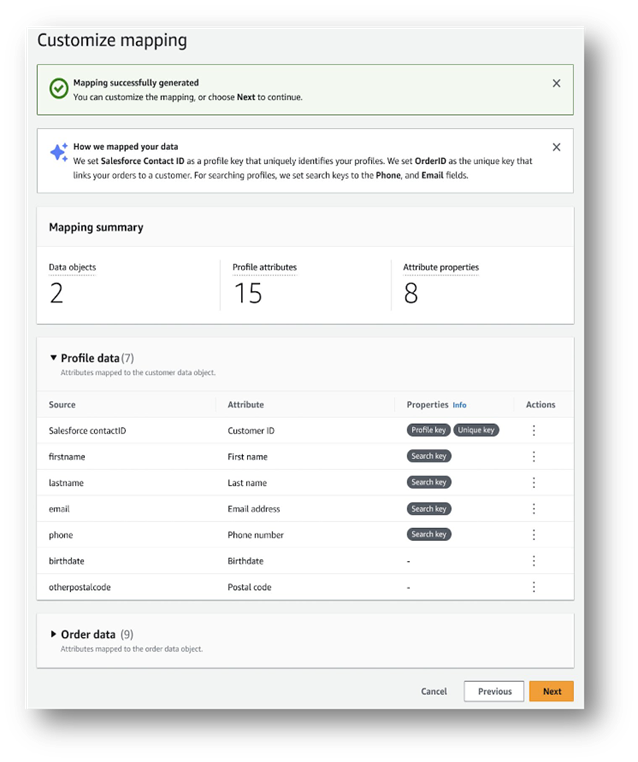

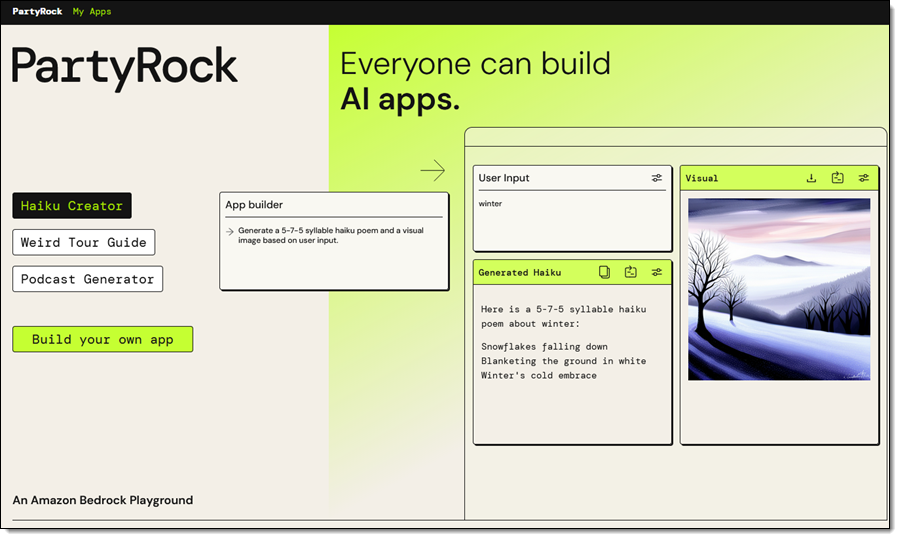
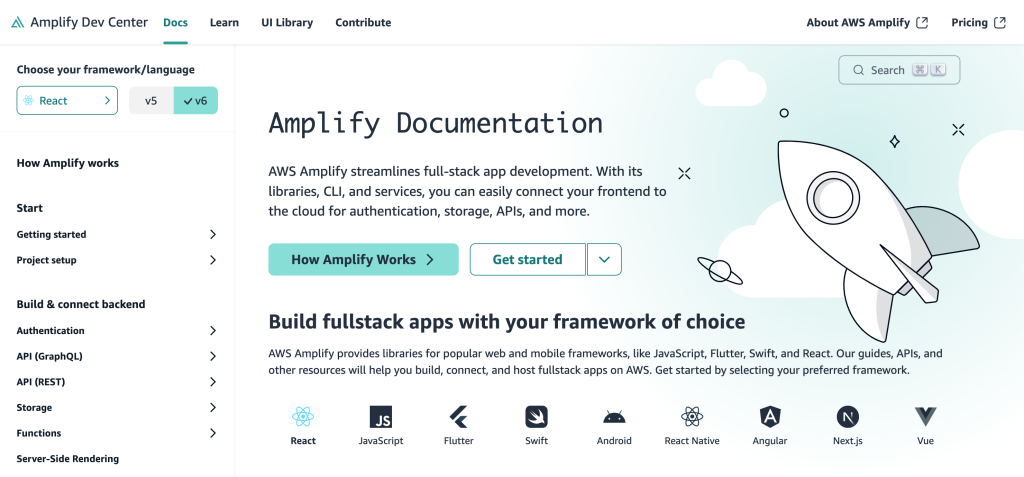
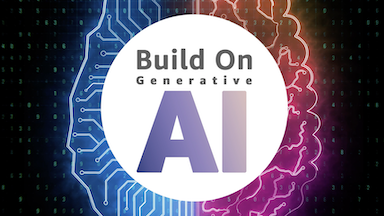
 AWS Global Summits – The 2023 AWS Summits season is almost coming to an end with the last two in-person events in
AWS Global Summits – The 2023 AWS Summits season is almost coming to an end with the last two in-person events in 


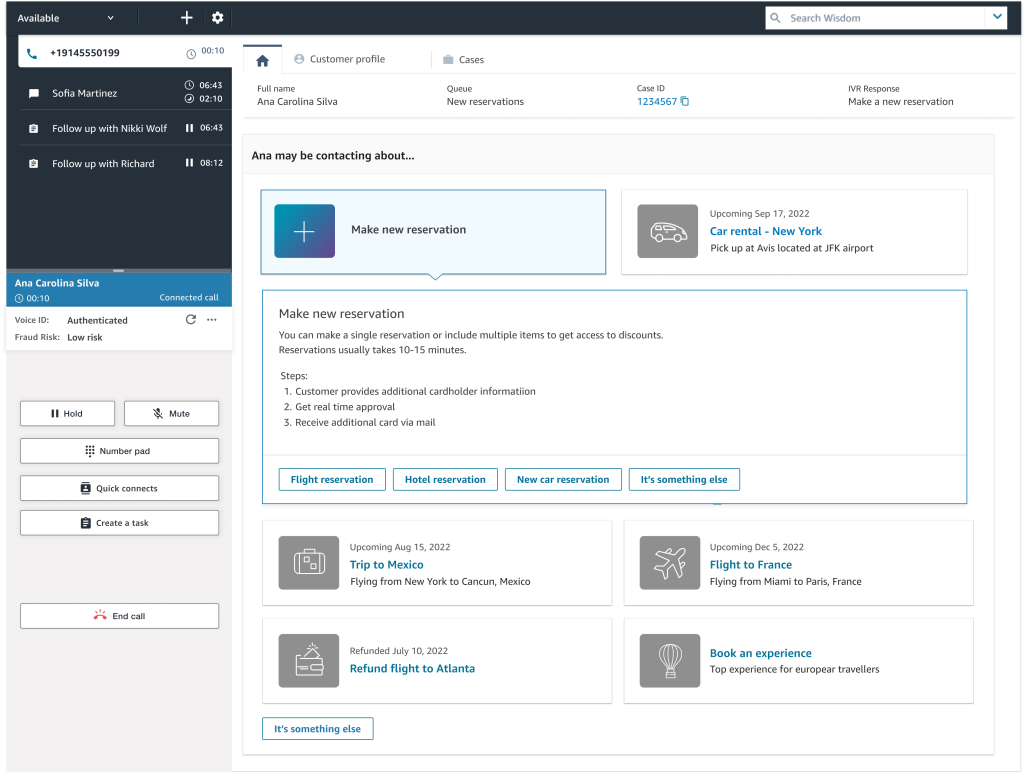




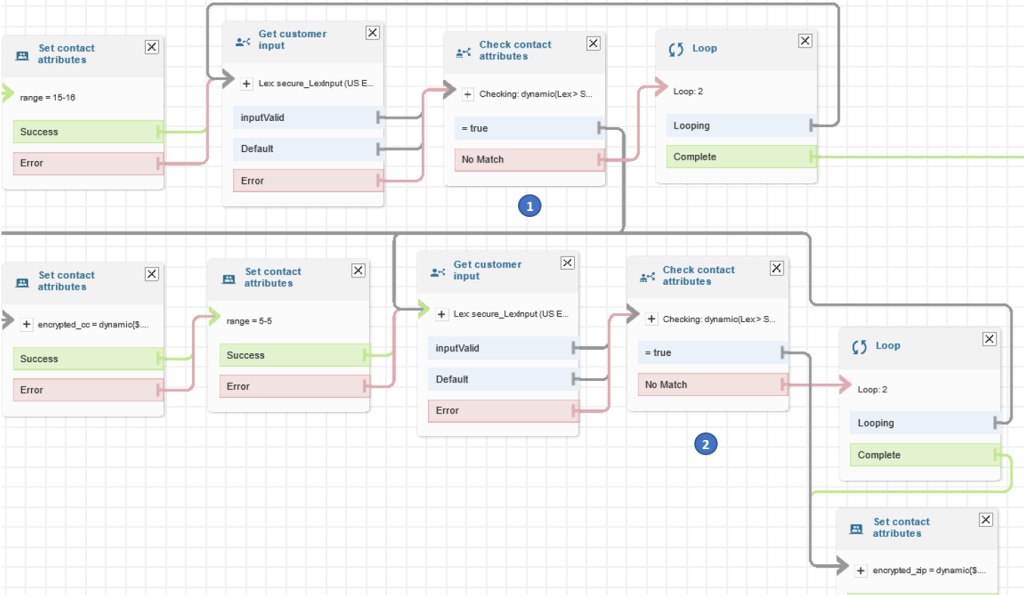










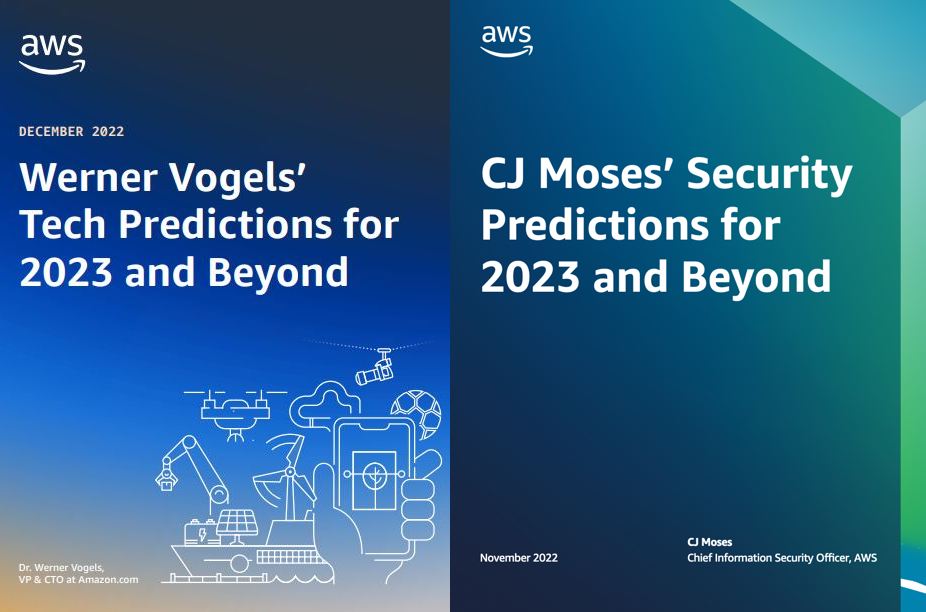


 .
. 